Introduction: The Dawn of a New Era in Prosthetics
The heart of a man is restless until it finds its rest in thee. – Augustine of Hippo. We often seek wholeness, searching for that elusive sense of completeness. Augustine's wisdom speaks to our desire for something greater, a longing that could now be within our grasp through the thrilling union of biology and technology. What if that missing piece—be it a limb or an ability—could be restored, offering us back more than mere function but a tapestry of humanity and innovation woven together?
Cyborg Regeneration isn't just the plot of the latest sci-fi blockbuster but a scientific reality taking shape right now. With the fusion of genetic engineering and robotics, we're on the cusp of replacing lost limbs with machines that live and thrive alongside us. Imagine self-healing prosthetics that not only mimic our biology but also transcend the boundaries of our expectations. Authors like Isaac Asimov, researchers like Hugh Herr from the MIT Media Lab, and innovators like Dean Kamen, inventor of the Segway, have long debated what it means to be intertwined with technology. As we explore this brave new world, will we redefine what it truly means to be human?
Understanding the Foundation: What are Self-Healing Prosthetics?
Self-healing prosthetics are more than futuristic marvels; they represent a groundbreaking leap in medical technology. Imagine a world where prosthetic limbs could regenerate like the stars of the sea or the salamanders of land. Unlike traditional prosthetics, these advanced versions integrate living tissues with synthetic components. The fusion creates a symphony of biology and machinery that can transform a person's life.
Now, you might wonder, how is this even possible? The magic lies in bioengineering and robotics working like the best of friends, shaking hands across the lonely landscape of lost limbs. These prosthetics borrow ideas from the natural recovery processes found in our own bodies. Think about how your skin heals after a cut or how a bone knits together; this same principle is being applied to prosthetics. But, instead of just a slapdash of band-aids and hope, this technology involves cutting-edge science.
Historically, prosthetics have come a long way. From carved wooden limbs in ancient Egypt to sleek, computerized legs used by Paralympians, the journey is storied. Enthusiasm for improvement is the engine driving this change. Biologically integrated systems, once the stuff of dreams, are now stepping into the spotlight. We're making history here, folks!
The Science Behind Limb Regeneration
Cellular regeneration isn't just for superheroes anymore. Nature has set the standard for astonishing self-repair, and we're finally taking notes. Welcome to a mini-science class, where even salamanders are giving TED Talks on regrowth!
Cellular Biology: Lessons from Nature
Salamanders and starfish walk into a biology lab... No, it's not the setup for a joke; it's the reality of how we're gathering wisdom from nature's finest regenerators. These amazing creatures can regrow lost parts as if they're auditioning for a sci-fi flick. Their secret? Specialized cells act almost like tiny 3D printers. By studying these processes, scientists hope to replicate this sorcery in human prosthetics. Don’t worry, they assure us we won’t start sprouting extra limbs after a paper cut!
The Role of Genetic Engineering
If you've ever fantasized about being an X-Men, genetic engineering might just turn some of that fantasy into reality. With scientific wonders like CRISPR and stem cells, engineers are reaching into the cellular mist to conjure life-compatible materials that can buddy up with robotic limbs. These techniques could make your prosthetic smarter than your smartphone, building tissues that could self-repair, interact, and enhance human abilities. But, let's be clear—no talking limbs yet. That'd just be too snobbish.
Robotics in Self-Healing Prosthetics
Behold the corner of the universe where metal meets matter in a dance as graceful as a robot learning ballet! Robotics isn't just about shiny gadgets anymore; it's all about bringing soulful harmony between man and machine. Let’s geek out!
Advanced Robotics and AI Integration
Imagine having a prosthetic with the AI flair of Blade Runner's replicants—minus the mood swings! Advanced robotics is all about making prosthetics that feel like—not Frankenstein’s monster—but an extension of you. With artificial intelligence picking up the rhythm, these high-tech appendages can anticipate your needs, adapt to new tasks, and even self-manage. They can learn alongside you, kind of like a classroom buddy who also carries your favorite snacks!
Materials Science: Biocompatibility and Beyond
Materials science is putting on its superhero cape, focusing on more than just metals and plastics. Now it’s all about creating materials that blend seamlessly with human tissue, offering the kind of biocompatibility that makes these prosthetics feel like they’re a part of the team. Imagine prosthetics made with synthetic skins that blush in the sun or joke with you when they brush against ice. Ok, maybe they won't chat, but we’re working towards materials that mimic human responsiveness. The goal? Prosthetics that don’t just attach to your body but become part of it. And no, you won’t become a cyborg overlord... yet.
4. Case Studies: Innovations in Self-Healing Prosthetics
The world of self-healing prosthetics is rich with innovation, blending cutting-edge technology with human empathy. Each step forward represents a leap in potential, showing what can be achieved when boundaries are pushed. This section will delve into some of the most notable breakthroughs, bringing the abstract concept of self-healing prosthetics into tangible reality.
4.1 Successful Implementations and Their Impact
Let's dive into some remarkable cases where technology meets heart. For instance, projects like the Biohybrid Project are redefining the landscape for limb replacements. Imagine a limb that doesn't just exist to replace, but to evolve and adapt, achieving something more akin to a natural limb. One real-world example of this is from DARPA, which has been pivotal in developing sophisticated prototypes that mimic human movement with unparalleled precision.
- An amputee regains their sense of touch, a simple handshake bringing back a flood of emotion.
- An athlete with a biohybrid limb competes at levels previously deemed impossible, showcasing the prosthetic's strength and stability.
- A veteran, with a limb that heals alongside his own body, finds not just physical restoration, but renewed hope and confidence.
In these stories, accolades aren't just for the technology but also for the profound human experiences they unlock.
4.2 The Challenges and Setbacks
While breakthroughs inspire, challenges present valuable lessons. These challenges span wide, from technical hurdles to deeply philosophical questions.
1. Technical Barriers: Despite advances, there are still many obstacles. One major challenge is the integration of living tissue with machines. Attempts to create seamless interfaces often meet with complications like immune responses or material degradation over time.
2. Ethical Considerations: When technology closely interacts with human identity, ethical questions arise. How far can we go in enhancing human abilities? The ongoing debate often centers on whether these enhancements create inequalities or change the essence of being human.
These challenges shouldn't be seen as insurmountable walls but as stepping stones. They push us to refine, rethink, and perfect our approaches.
5. The Future of Self-Healing Prosthetics
Peering into the future brings a mixture of anticipation and wonder. With the rapid pace of innovation, what's possible seems boundless. Yet, every step further aligns prosthetics not just with restoration, but with transcendence.
5.1 Potential Innovations and Their Reach
The road ahead for self-healing prosthetics is lined with promise. Here's what that journey might look like:
- Enhanced Interfaces: Research is already exploring neural interfaces that allow prosthetics to be controlled intuitively by the brain. Envision a limb not only moving but responding to the nuanced thoughts of the wearer.
- Creating a Virtuous Cycle: Just as nature adapts, so too might prosthetics of the future. AI algorithms could enable them to learn from usage patterns, optimizing performance and longer durability.
- Wider Accessibility: The true triumph lies in ensuring these technologies are available for all, not just a select few, sparking global initiatives aimed at lowering the cost and increasing distribution of life-enhancing technology.
It's not just about the technology we develop, but how we choose to implement it on a global scale.
5.2 Regulatory and Ethical Considerations
As the boundaries between biology and technology blur, society must grapple with vital questions. Regulatory frameworks must evolve alongside technological advancements.
A few considerations include:
- Ensuring that enhancements don't lead to socio-economic divides.
- Respecting individual privacy and autonomy while integrating AI-driven solutions.
- Fostering international dialogue to harmonize regulations, ensuring that innovation isn't stifled yet is used responsibly.
The conversation isn't merely about what we can achieve, but what we should achieve. Every advancement must be contextualized within the broader narrative of human dignity and equality.
The future of self-healing prosthetics lies in uncharted territory where ambition, technology, and ethics converge. It's a narrative full of challenges and boundless possibilities, calling on us to write the next chapters thoughtfully and courageously.
AI Solutions: How Would AI Tackle This Issue?
Imagine a world where artificial intelligence (AI) not only assists but also drives the innovation of self-healing prosthetics. If AI were at the helm, how would it approach the monumental challenges associated with developing these advanced solutions? From understanding user needs to predicting design efficiency, AI’s capabilities could redefine the landscape. Let’s explore how AI could navigate this intricate journey.
Data Collection and Analysis
The first step for AI would be to harness the immense potential of data. By collecting vast quantities of user data through sensors embedded in prosthetics, AI could refine its understanding of user interactions. This means tracking how individuals use their prosthetics in real life—what functions they rely on most, which features are less frequently used, and how they adapt their movements. As reported by the National Institutes of Health, such data can lead to improvements in design tailored to real experiences.
Predictive Modeling and Continuous Improvement
Next, AI could utilize predictive modeling to simulate different materials and designs before they are physically created. This approach reduces costs and time associated with trial and error in the lab. By employing advanced algorithms, AI can analyze potential outcomes based on existing research, thus informing scientists of the most promising paths to explore. According to a study by ScienceDirect, these predictive models can significantly enhance material selection and design efficiency.
Actions Schedule/Roadmap (Day 1 to Year 2)
Day 1: Establishing the AI Research Team
Gather a multidisciplinary research team comprising data scientists, bioengineers, robotics specialists, and ethicists. Partner with leading organizations like MIT and Stanford University to leverage existing expertise in AI and biotechnology.
Day 2: Defining Research Priorities
Identify core objectives for the project. Focus on key areas such as optimizing materials for prosthetics, developing AI algorithms for data analysis, and establishing ethical guidelines for user interaction.
Day 3: Extensive Data Collection
Launch user-centric data collection initiatives, using surveys and sensor technology to assess user experiences with existing prosthetic technologies. Aim for diverse demographics and varied use cases to capture a holistic understanding.
Week 1: Initiate AI Model Development
Develop preliminary AI models based on gathered data, focusing on identifying patterns and user behavior in prosthetic use. Use machine learning techniques to refine these models iteratively.
Week 2: Collaborate with Material Scientists
Work with experts in material science to discuss findings from data analysis. Use insights to explore new materials that could be more responsive, flexible, and aligned with user demands.
Week 3: Prototype AI Algorithms
Begin prototyping AI algorithms that facilitate user interaction with prosthetics. This includes voice commands, gesture recognition, and other innovative interfaces that can make use easier and more intuitive.
Month 1: Continuous User Feedback
Engage users regularly for feedback on the functionality of AI interfaces and prosthetic designs. Use workshops and focus groups to gather insights that guide the next steps in development.
Month 2: Ethical Review and Compliance Assessment
Submit the project framework for ethical review to ensure compliance with international standards. Consult with organizations like The National Board of Medical Examiners to align ethical considerations with technological advancements.
Month 3: Advanced Testing of AI Algorithms
Advance to rigorous testing of AI algorithms in real-world environments. Analyze user interactions, refining models based on actual usage data and feedback.
Year 1: Large Scale User Trials
Conduct large-scale user trials for broader feedback on the performance of self-healing prosthetics equipped with AI capabilities. Utilize this data to refine future designs.
Year 1.5: Iterate and Improve Designs
Based on user trial results, iterate on designs and functionalities to align features with user preferences. Use AI analytics to suggest future improvements.
Year 2: Prepare for Market Launch
Finalize the designs, prepare for market launch, and establish partnerships for distribution. Continue to explore new research avenues for enhancements that could further elevate the user experience.
Conclusion: The Infinite Possibilities Ahead
As we approach an age where technology blends seamlessly with biology, self-healing prosthetics stand as a testament to human ingenuity and resilience. The ambitious journey from mere limb replacement to advanced, adaptive solutions illuminates not just the remarkable capabilities of science, but also raises profound questions about our identity and capabilities. Each step taken in this groundbreaking field opens doors to new possibilities and challenges our perceptions of pain, loss, and the essence of being human. The integration of artificial intelligence into this evolution promises to not only enhance functionality but also empower users, allowing them to transcend traditional limitations. What the future holds for self-healing prosthetics remains both exciting and uncertain, but one thing is clear: we are entering a transformative era where the fusion of biology and technology could redefine our existence. How will you imagine your own journey in this cyborg world? Share your thoughts and explore the possibilities with us.
FAQ
-
What are self-healing prosthetics?
Self-healing prosthetics are special artificial limbs that can repair themselves when they get damaged. They work by combining living tissues with robotic parts, allowing them to adapt and heal like real body parts. This means that instead of just replacing a lost arm or leg, these prosthetics can actually help users recover more like their natural body would. -
How does genetic engineering play a role?
Genetic engineering is a science that changes the DNA in living organisms. For self-healing prosthetics, it helps create living tissues that can work together with machines. Scientists use tools like CRISPR to make these tissues better at healing and functioning with robotic parts. -
What are the challenges faced in this field?
Developing self-healing prosthetics comes with several challenges:- Regulatory hurdles: Getting approval from health and safety officials takes time.
- Technical difficulties: Merging living tissues with machines can be complex.
- Ethical considerations: Questions about fairness and access arise.
-
How can AI help in developing self-healing prosthetics?
Artificial Intelligence (AI) can make designing prosthetics smarter. For example, AI can:- Analyze data from users to create better designs.
- Predict which materials will work best for prosthetics.
- Make feedback loops so that prosthetics can learn and improve based on how people use them.
-
What is the future of self-healing prosthetics?
The future for self-healing prosthetics looks bright! We might see:- Innovations in bioengineering that create even better living tissues.
- Improved interfaces that allow users to control their emotional and physical movements.
- A deeper discussion about ethics and what it means to enhance human abilities.
-
Are there any successful examples already?
Yes! Some researchers have created biohybrid limbs that combine living tissues with robotic parts. These advancements have led to amazing success stories where users feel more connected to their prosthetics. Many of these innovations are happening in organizations like the Massachusetts Institute of Technology (MIT) and Stanford University.
Wait! There's more...check out our gripping short story that continues the journey: Ava's Story
Disclaimer: This article may contain affiliate links. If you click on these links and make a purchase, we may receive a commission at no additional cost to you. Our recommendations and reviews are always independent and objective, aiming to provide you with the best information and resources.
Get Exclusive Stories, Photos, Art & Offers - Subscribe Today!
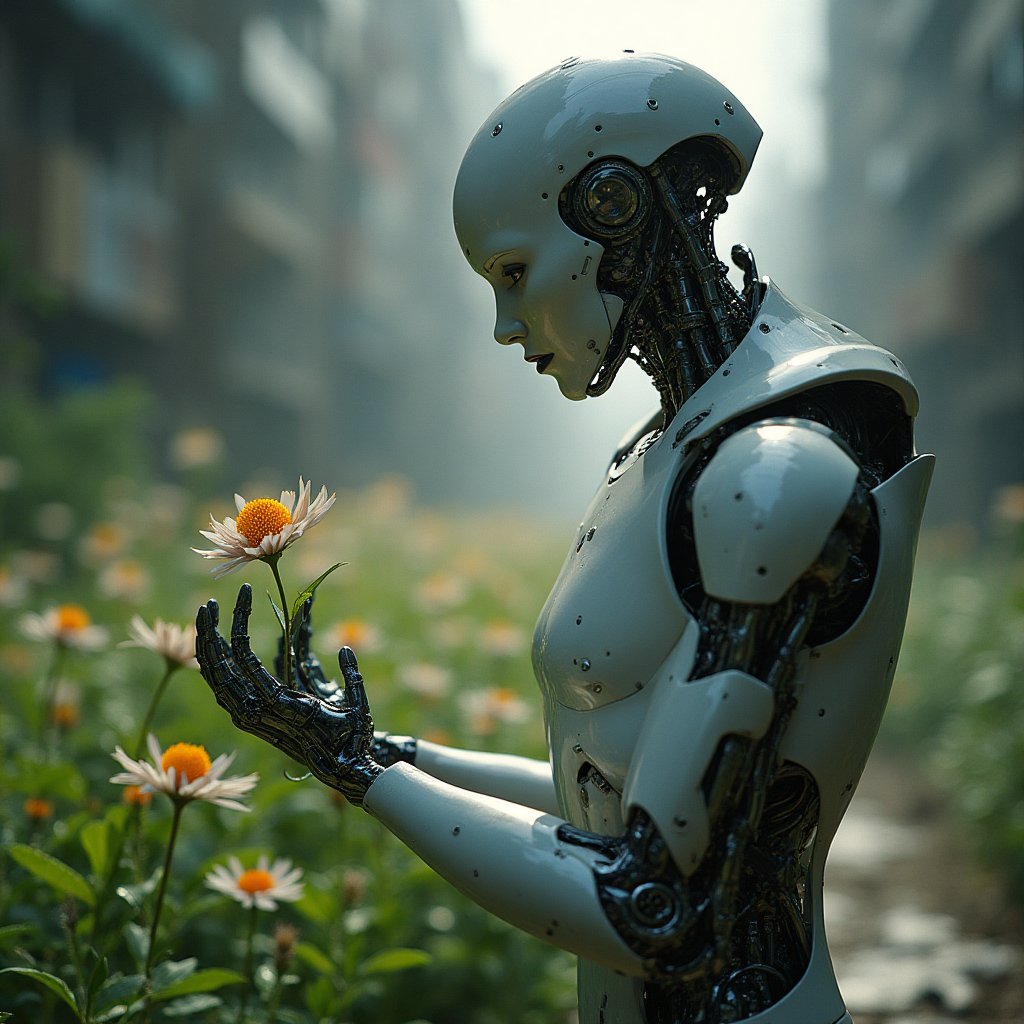
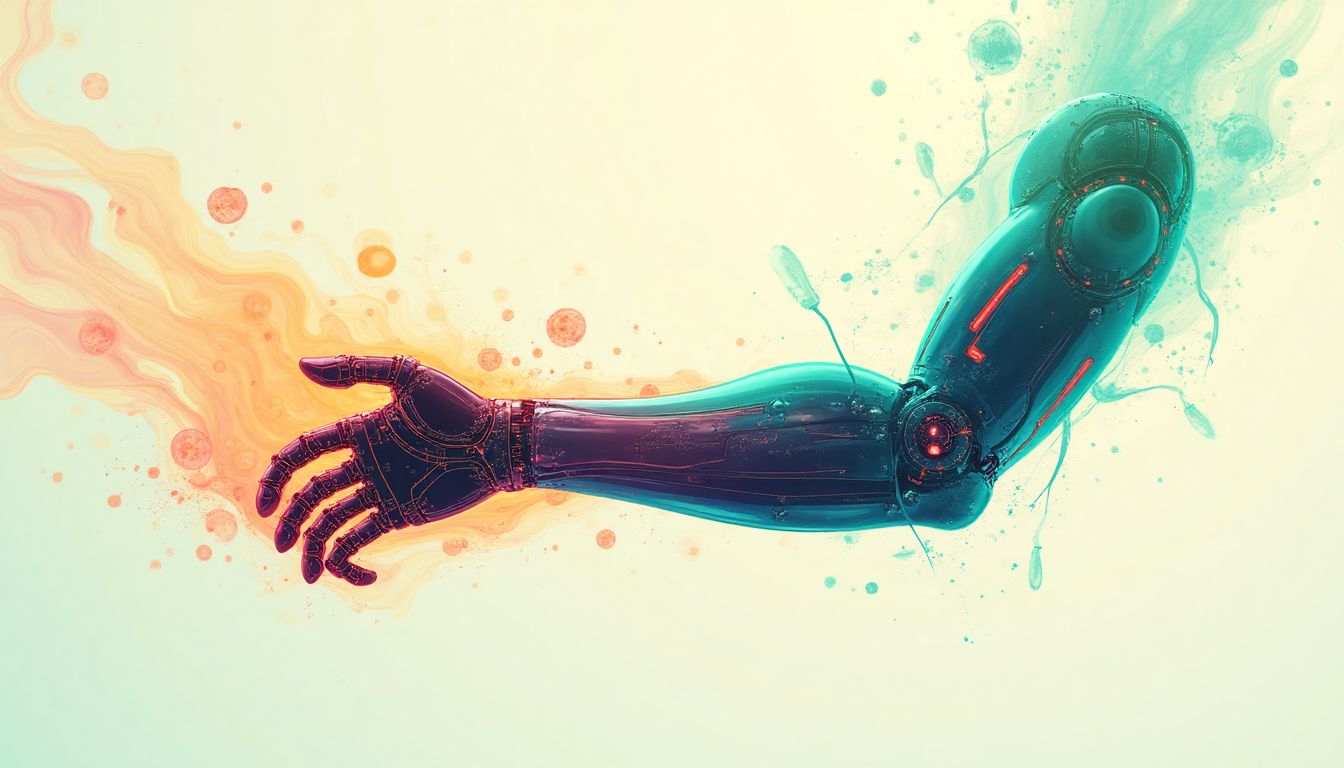
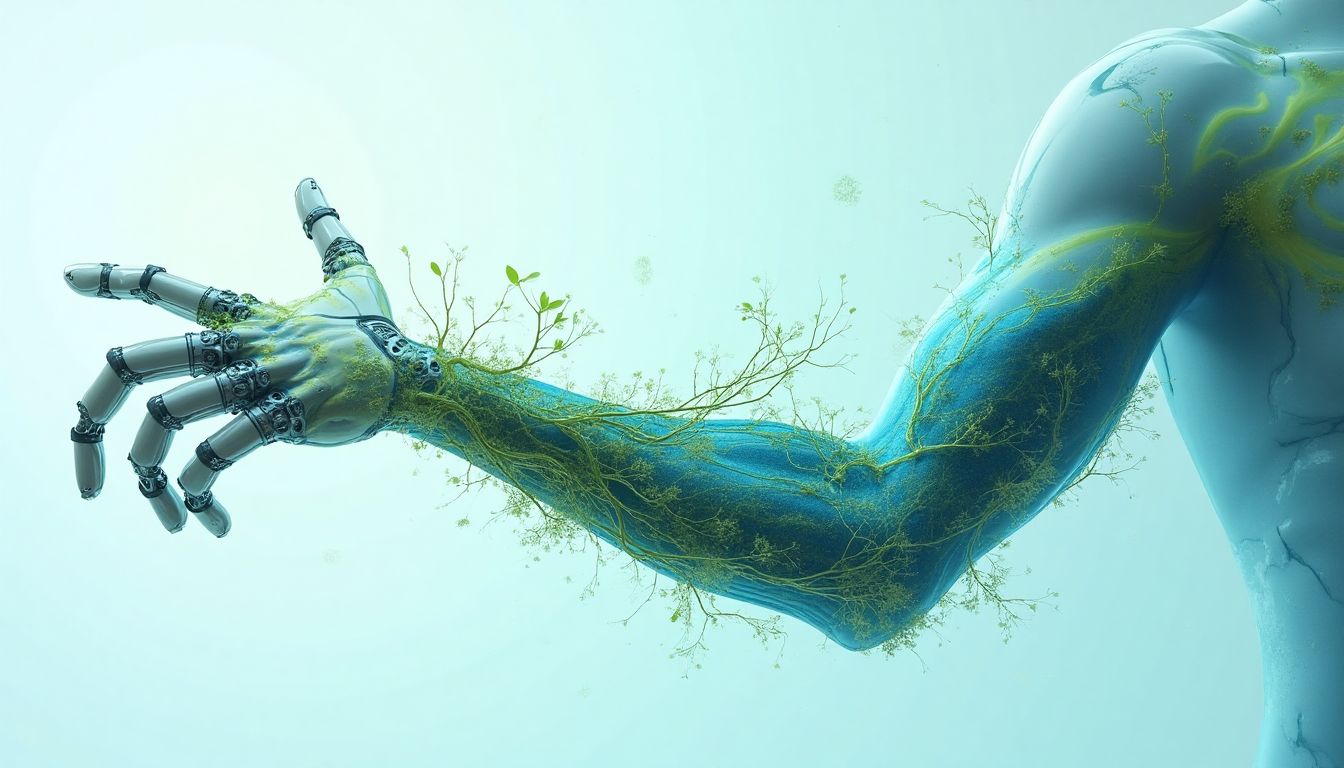
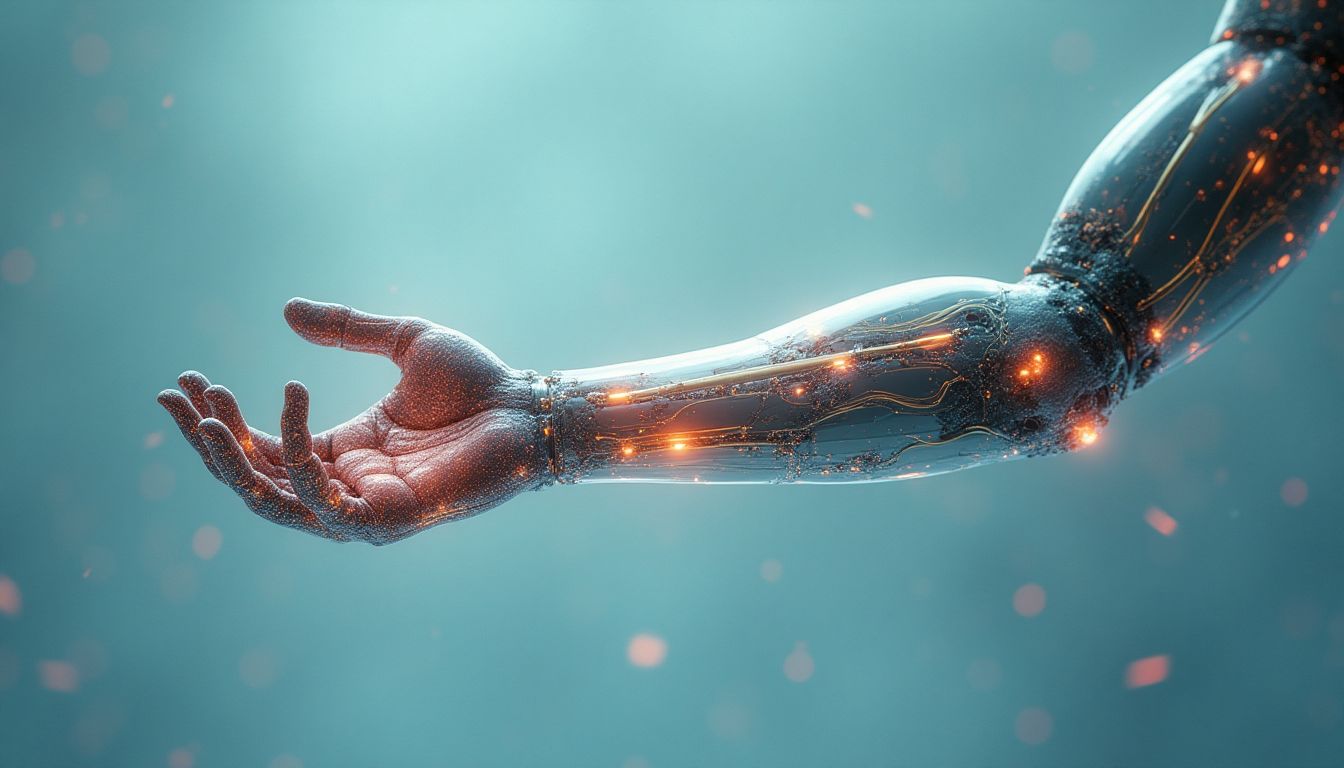
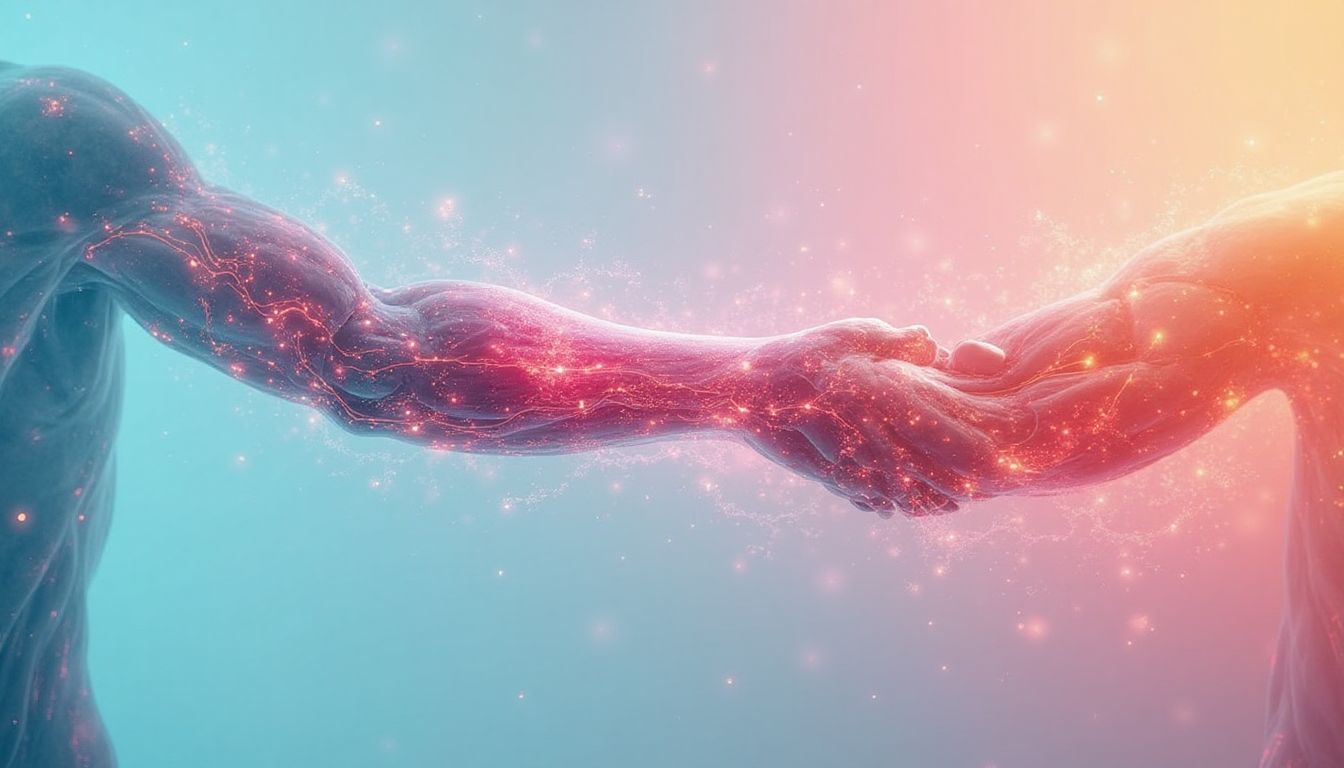
























Post Comment
You must be logged in to post a comment.